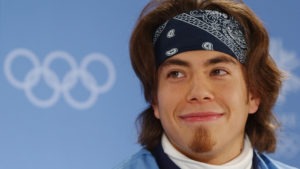
Apolo Anton Ohno: Skating with no regrets
With eight medals in short-track speedskating, Apolo Anton Ohno is the most decorated U.S. Olympian ever at the Olympic Winter Games.
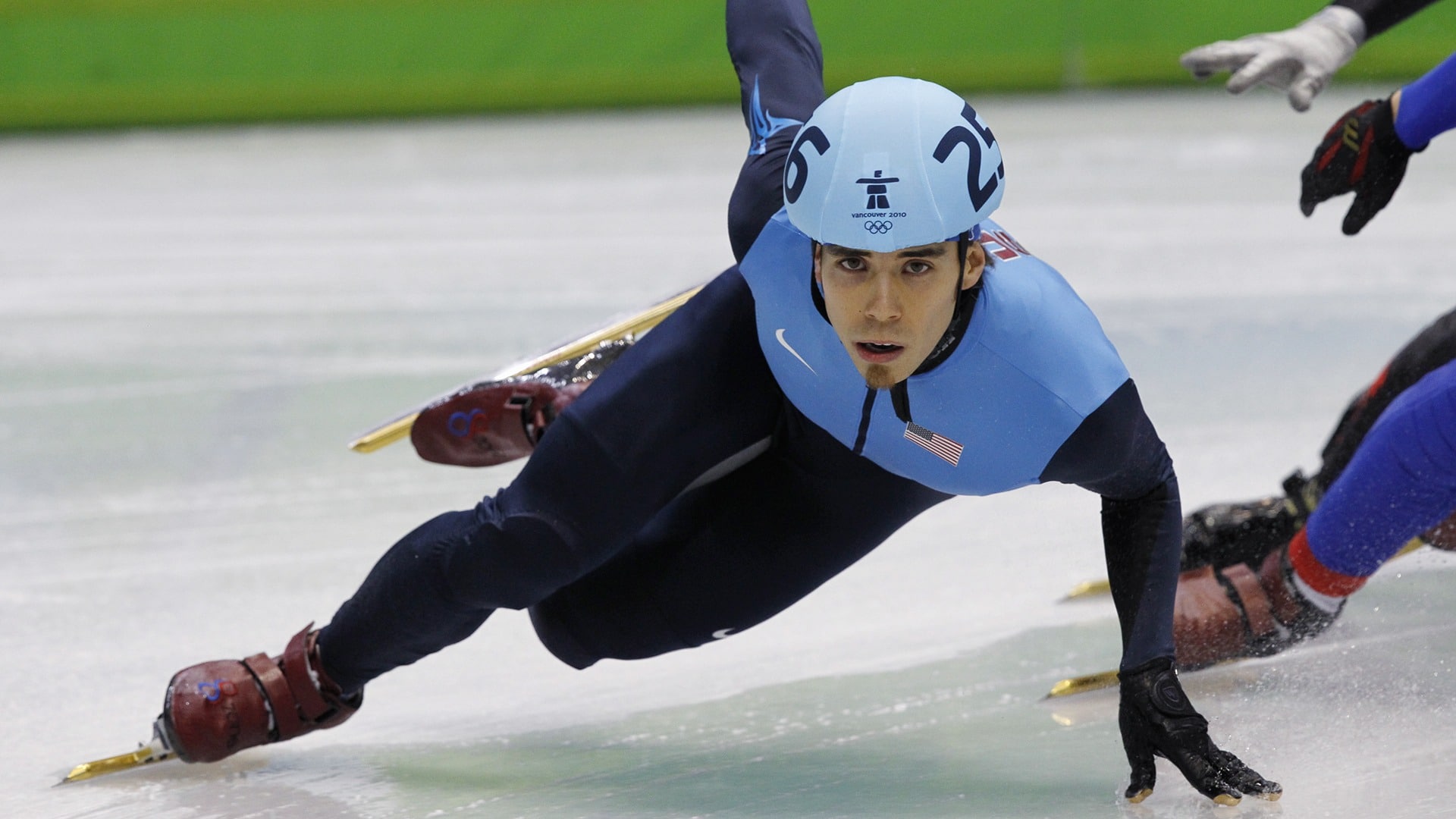
This May, the U.S. Olympic & Paralympic Museum proudly honors Asian American and Pacific Islander Heritage Month, showcasing the extraordinary achievements of AAPI athletes who have left an indelible mark on Olympic & Paralympic sports and Team USA.
From iconic Olympians like Apolo Anton Ohno and Kristi Yamaguchi to trailblazing Paralympians such as Trischa Zorn-Hudson, AAPI athletes have consistently elevated the ideals of unity and perseverance on the world’s greatest athletic stages.
Join us this month as we showcase their achievements and explore the legacy of AAPI athletes who continue to shape the future of sport and inspire countless fans worldwide.
AAPI athletes have consistently broken barriers and set new standards for Team USA in the Olympic Games. Here are some of the most iconic Asian American & Pacific Islander athletes who competed in the Olympic Games

With eight medals in short-track speedskating, Apolo Anton Ohno is the most decorated U.S. Olympian ever at the Olympic Winter Games.
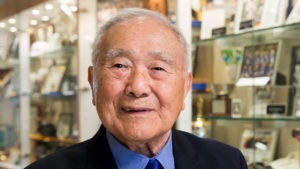
Yosh Uchida coached the first U.S. Olympic Judo Team. More than half a century later, at 100 years old he remains the San Jose State University head judo coach.
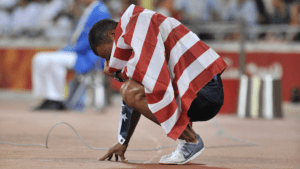
He won decathlon gold at Beijing 2008, continuing Team USA’s dominance in the event.
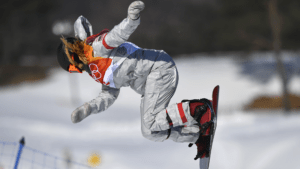
The daughter of South Korean immigrants, she was one of the first Olympic champions born in the year 2000.
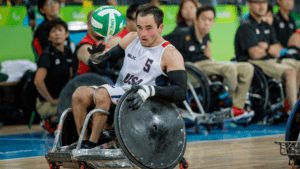
After growing up playing wheelchair basketball, he turned to wheelchair rugby and won Paralympic medals in 2012 and 2016.
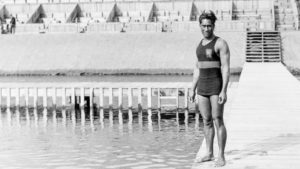
Duke Kahanamoku introduced a powerful style of swimming, winning five medals (three gold) over three Olympic Games. He then became a surfing ambassador to the world.
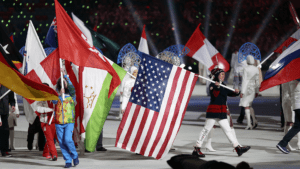
She competed in four Olympic Games and became the first Asian American to win a winter medal in a sport other than figure skating.
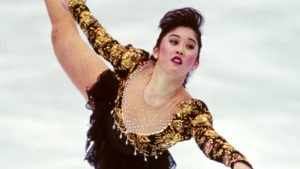
Kristi Yamaguchi won the ladies’ singles figure skating gold medal at the Albertville 1992 Olympic Winter Games.
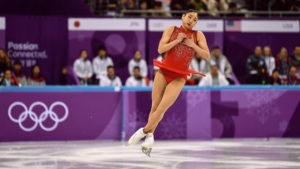
She won the U.S. senior ladies championship at age 14 and competed in her first Olympics two years later.
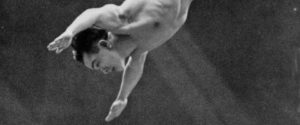
Diver Sammy Lee overcame racial prejudice while growing up to become the first Asian-American man to win an Olympic gold medal.
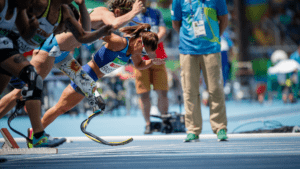
Despite not fitting in while growing up in a predominantly white town, she later became one of Team USA’s top Paralympic sprinters.
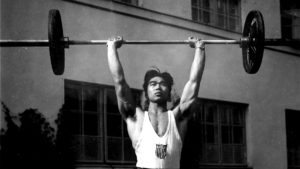
It was at an internment camp in the desert during World War II that Tommy Kono’s asthma dissipated and he was introduced to weightlifting, eventually winning two Olympic gold medals and one silver.
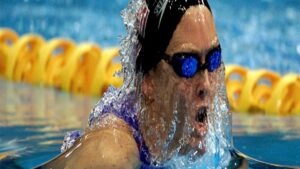
Swimmer Trischa Zorn-Hudson is the most successful athlete in the history of the Paralympic Games, having won 55 medals, including 41 gold medals, over seven Paralympics.
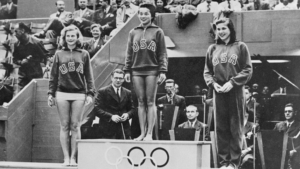
She swept the diving events at London 1948 to become the first Asian American Olympic champion.
See more of Team USA’s athletes’ stories, images, testimonials, and more during Asian American and Pacific Islander Heritage Month at the U.S. Olympic & Paralympic Museum.

U.S. Olympic & Paralympic Museum offers parking in the adjacent Park Union District lot for $7.50 per-day. Metered parking is also available on Sierra Madre and Vermijo.
Subscribe now to keep up to date on Museum news and events!
Olympic Marks are used under license from the U.S. Olympic & Paralympic Committee. 36 U.S.C. 220506
Website development supported in part by a grant from the Colorado Tourism Office.